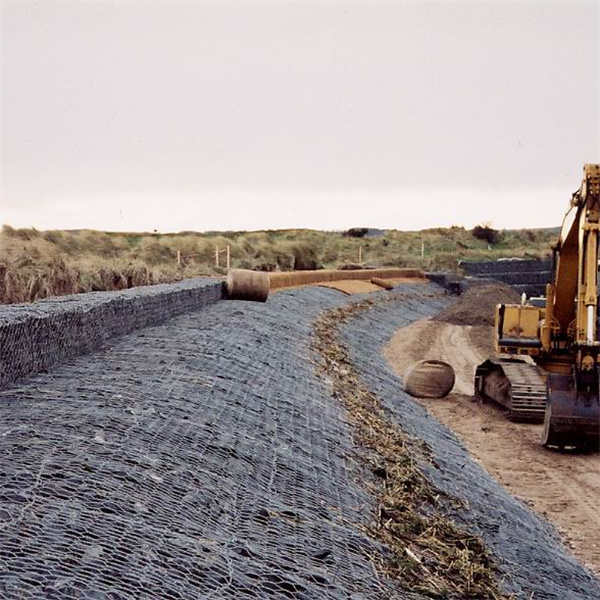sep . 22, 2024 09:49 Back to list
gabion rip rap
Understanding Gabion Rip Rap A Sustainable Solution for Erosion Control
Gabion rip rap is an innovative approach to managing soil erosion and enhancing the stability of slopes in various landscapes. The term gabion refers to a wire cage or basket filled with rocks or other materials, while rip rap denotes a layer of large stones placed on riverbanks, slopes, or shorelines to protect them from erosion due to water flow and wave action. Together, these elements create a robust and environmentally friendly solution for erosion control and landscape stabilization.
The Functionality of Gabion Rip Rap
Gabion structures serve multiple purposes in civil engineering and environmental management. Primarily, they act as barriers that absorb and dissipate the energy of flowing water, which helps to reduce the speed of surface runoff. This feature is crucial in preventing soil erosion, particularly in areas prone to heavy rain or flooding. The rocks within the gabions also provide a habitat for various aquatic and terrestrial species, thus promoting biodiversity in the area.
In addition to their protective qualities, gabion rip rap is known for its permeability. Unlike solid concrete barriers, gabions allow water to seep through, which minimizes the buildup of hydrostatic pressure behind the structure. This characteristic helps prevent potential failure during heavy rainfall or flooding events, making gabion rip rap a reliable choice for erosion control.
Environmental Benefits
gabion rip rap

One of the distinguishing features of gabion rip rap is its alignment with sustainable practices. The materials used in gabions are typically locally sourced, reducing the carbon footprint associated with transportation. Moreover, gabions can be filled with natural stones or recycled materials, promoting environmental responsibility. As they age, the vegetation around and within the gabion structures can flourish, further integrating them into the natural landscape and enhancing their aesthetic appeal.
Furthermore, gabion rip rap contributes to water quality improvement. By slowing down water runoff, these structures allow for increased sedimentation and filtration of pollutants before they reach water bodies. This natural purification process is vital for maintaining clean waterways and healthy ecosystems.
Application in Diverse Landscapes
Gabion rip rap is versatile and can be applied in various settings, such as riverbanks, coastal areas, and steep slopes. In urban environments, they can be utilized to stabilize roads and protect infrastructure from erosion. In rural areas, gabions can enhance agricultural land by preventing soil loss and improving water retention.
Conclusion
In summary, gabion rip rap is an effective, sustainable, and visually appealing solution for erosion control and landscape stabilization. Its ability to protect against soil erosion while promoting biodiversity and enhancing water quality makes it an attractive option for engineers, urban planners, and environmentalists alike. As the need for sustainable practices continues to rise, gabion rip rap will undoubtedly play a significant role in protecting our natural resources and ensuring a healthier environment for future generations.
-
HESCO Gabion Baskets for Coastal Erosion Prevention
NewsAug.22,2025
-
Longevity and Durability of River Rock Gabion Walls
NewsAug.22,2025
-
How to Integrate Gabion 3D Walls in Urban Planning
NewsAug.22,2025
-
Reno Mattress Gabion Applications in Civil Engineering
NewsAug.22,2025
-
How to Install Wire Mesh for Gabion Baskets Properly
NewsAug.22,2025
-
Best Materials for Filling a Chain Link Gabion
NewsAug.22,2025
-
Wire Mesh Thickness Impact on Gabion Wall Load Bearing
NewsAug.12,2025






